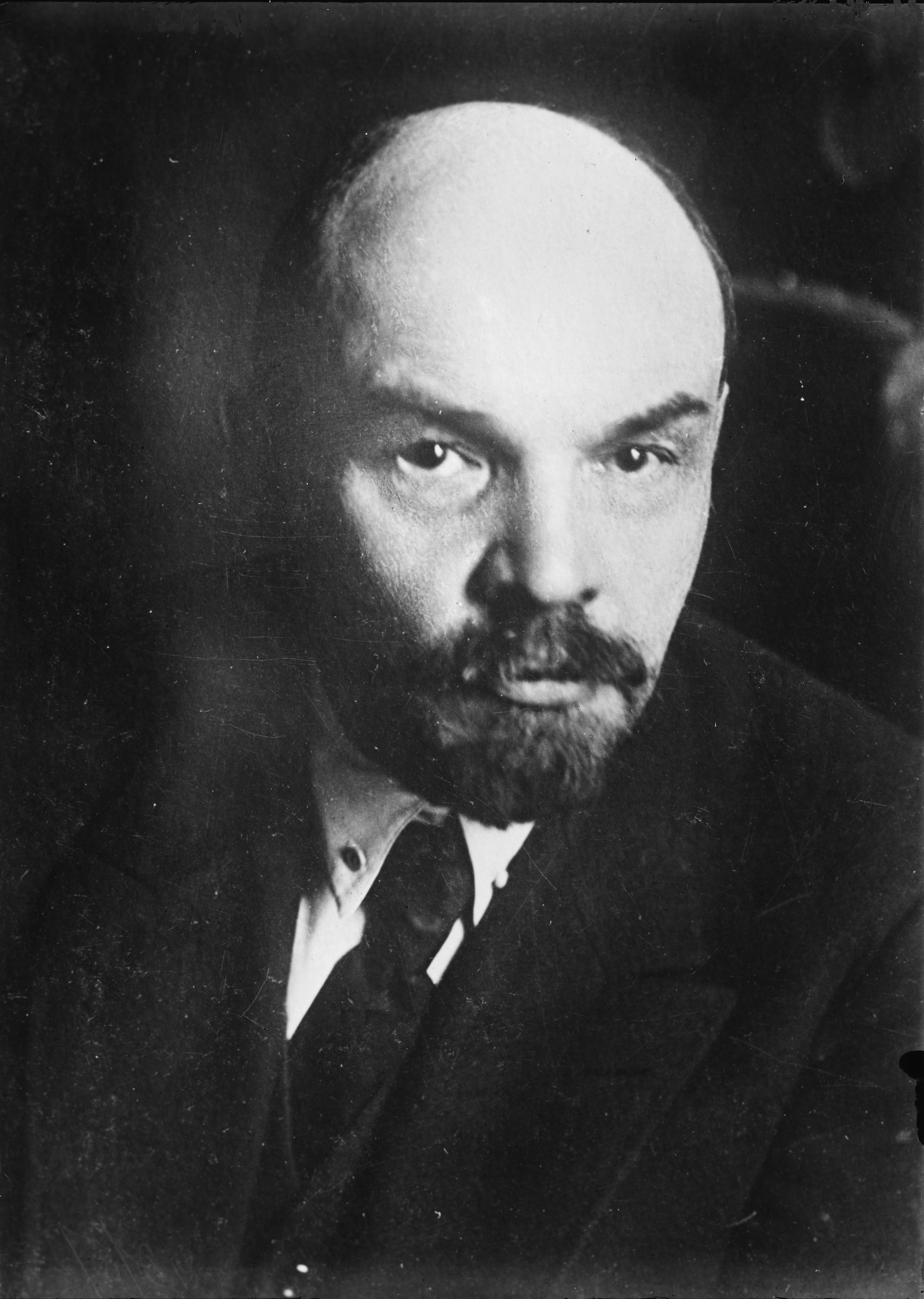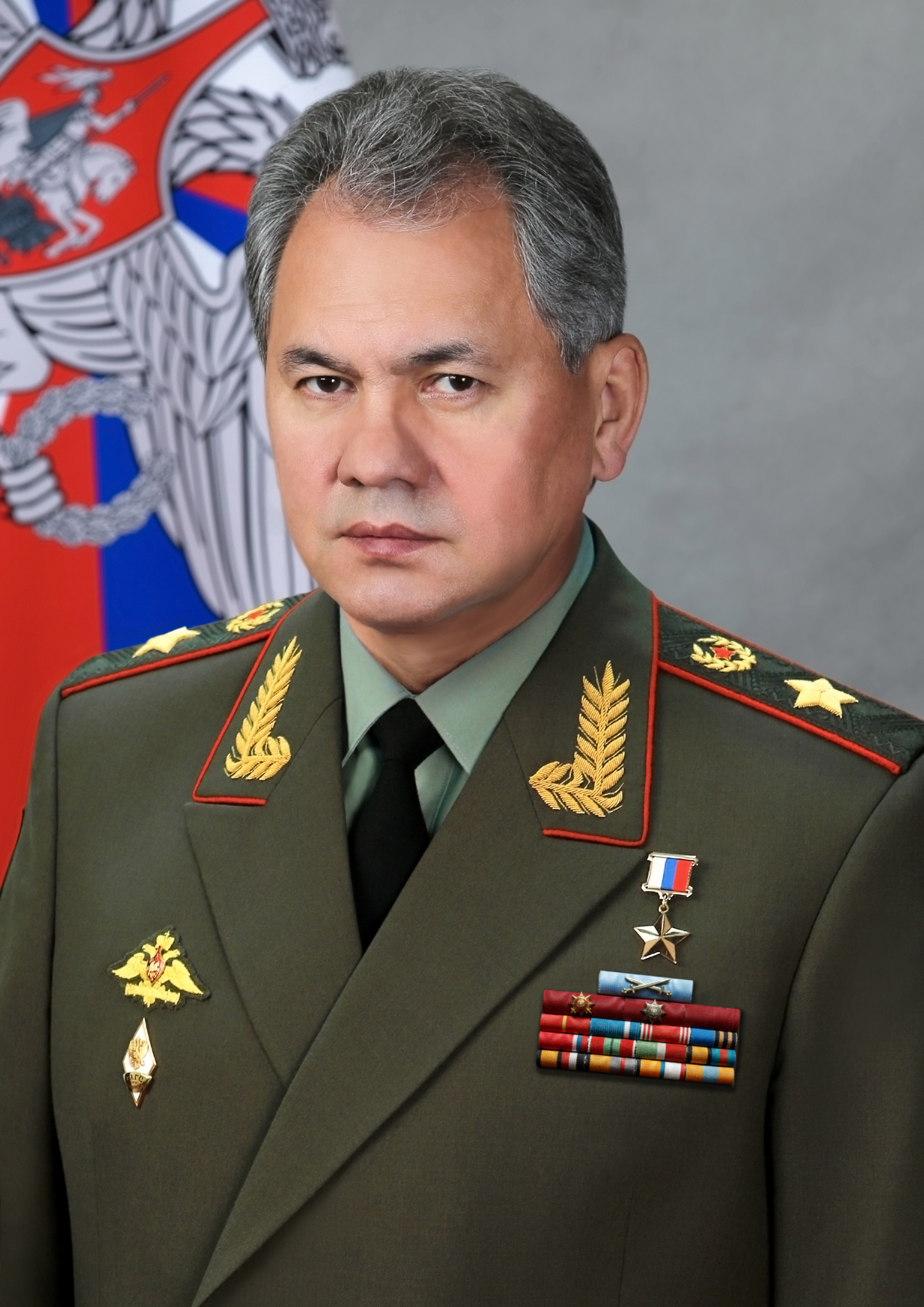|
Rear Services Of The Armed Forces Of Russia
The Rear of the Armed Forces of the Russian Federation (RAF-RF) (russian: ąóčŗą╗ ąÆąŠąŠčĆčāąČ├½ąĮąĮčŗčģ ąĪąĖą╗ ąĀąŠčüčüąĖą╣čüą║ąŠą╣ ążąĄą┤ąĄčĆą░čåąĖąĖ, Tyl Vooruzhonnykh Sil Rossiyskoy Federatsii), often referred to in English as the ''rear services'', was an organization of support services for the Russian Armed Forces until 2010 when it was transformed into Logistical Support of the Russian Armed Forces. The Rear of the Armed Forces included an unusually diverse range of services, for example medical services, firefighters, logistical services, economic analysts, scientific units, and combat-ready formations for maintaining and protecting rear installations such as pipelines and railways. The Rear also had its own central staff organization. In addition to the centrally controlled Rear of the Armed Forces, there were also separate rear services for each armed service, e.g. the Rear of the Soviet Ground Forces, Rear of the Strategic Rocket Forces, etc. In principle, these rear or ... [...More Info...] [...Related Items...] OR: [Wikipedia] [Google] [Baidu] |
Semyon Timoshenko
Semyon Konstantinovich Timoshenko (russian: link=no, ąĪąĄą╝čæąĮ ąÜąŠąĮčüčéą░ąĮčéąĖ╠üąĮąŠą▓ąĖčć ąóąĖą╝ąŠčłąĄ╠üąĮą║ąŠ, ''Semyon Konstantinovich Timoshenko''; uk, ąĪąĄą╝ąĄ╠üąĮ ąÜąŠčüčéčÅąĮčéąĖ╠üąĮąŠą▓ąĖčć ąóąĖą╝ąŠčłąĄ╠üąĮą║ąŠ, ''Semen Kostiantynovych Tymoshenko'') ( ŌĆō 31 March 1970) was a Soviet military commander and Marshal of the Soviet Union. Early life A Ukrainian,Wojciech Roszkowski, Jan Kofman (2016). "Biographical Dictionary of Central and Eastern Europe in the Twentieth Century'". p.1030. Timoshenko was born in the village of Orman in the Bessarabia Governorate of the Russian Empire (present-day Furmanivka in Odessa Oblast, Ukraine). Military career First World War In 1914, he was drafted into the army of the Russian Empire and served as a cavalryman on Russia's western front in the First World War. Upon the outbreak of the Russian Revolution in 1917, he sided with the Bolsheviks, joining the Red Army in 1918 and the Russian Communist Party (Bolsheviks) in 1919 ... [...More Info...] [...Related Items...] OR: [Wikipedia] [Google] [Baidu] |
Central Committee Of The Communist Party Of The Soviet Union
The Central Committee of the Communist Party of the Soviet Union, ŌĆō TsK KPSS was the executive leadership of the Communist Party of the Soviet Union, acting between sessions of Congress. According to party statutes, the committee directed all party and governmental activities. Its members were elected by the Party Congress. During Vladimir Lenin's leadership of the Communist Party, the Central Committee functioned as the highest party authority between Congresses. However, in the following decades the ''de facto'' most powerful decision-making body would oscillate back and forth between the Central Committee and the Political Bureau or Politburo (and during Joseph Stalin, the Secretariat). Some committee delegates objected to the re-establishment of the Politburo in 1919, and in response, the Politburo became organizationally responsible to the Central Committee. Subsequently, the Central Committee members could participate in Politburo sessions with a consultative voic ... [...More Info...] [...Related Items...] OR: [Wikipedia] [Google] [Baidu] |
Council Of People's Commissars Of The Soviet Union
The Council of People's Commissars of the Soviet Union was the highest collegial body of executive and administrative authority of the Soviet Union from 1923 to 1946. As the government of the Soviet Union, the Council of People's Commissars of the Soviet Union and the People's Commissariats led by it played a key role in such significant events for the country and society as the economic recovery after the Civil War, the New Economic Policy, agricultural collectivization, electrification, industrialization, five-year plans for the development of national economy, censorship, the fight against religion, repression and political persecution, the Gulag, the deportation of peoples, the annexation of the Baltic States and other territories by the Soviet Union, the organization of the partisan movement, the organization of industrial production in the rear during the Great Patriotic War. In 1946, it was transformed into the Council of Ministers of the Soviet Union. History The ... [...More Info...] [...Related Items...] OR: [Wikipedia] [Google] [Baidu] |
Imperial Russia
The Russian Empire was an empire and the final period of the List of Russian monarchs, Russian monarchy from 1721 to 1917, ruling across large parts of Eurasia. It succeeded the Tsardom of Russia following the Treaty of Nystad, which ended the Great Northern War. The rise of the Russian Empire coincided with the decline of neighbouring rival powers: the Swedish Empire, the PolishŌĆōLithuanian Commonwealth, Qajar Iran, the Ottoman Empire, and Qing dynasty, Qing China. It also held colonies in North America between 1799 and 1867. Covering an area of approximately , it remains the list of largest empires, third-largest empire in history, surpassed only by the British Empire and the Mongol Empire; it ruled over a population of 125.6 million people per the Russian Empire Census, 1897 Russian census, which was the only census carried out during the entire imperial period. Owing to its geographic extent across three continents at its peak, it featured great ethnic, linguistic, re ... [...More Info...] [...Related Items...] OR: [Wikipedia] [Google] [Baidu] |
Military Construction Complex Of The Ministry Of Defence Of The Russian Federation
A military, also known collectively as armed forces, is a heavily armed, highly organized force primarily intended for warfare. It is typically authorized and maintained by a sovereign state, with its members identifiable by their distinct military uniform. It may consist of one or more military branches such as an army, navy, air force, space force, marines, or coast guard. The main task of the military is usually defined as defence of the state and its interests against external armed threats. In broad usage, the terms ''armed forces'' and ''military'' are often treated as synonymous, although in technical usage a distinction is sometimes made in which a country's armed forces may include both its military and other paramilitary forces. There are various forms of irregular military forces, not belonging to a recognized state; though they share many attributes with regular military forces, they are less often referred to as simply ''military''. A nation's military may f ... [...More Info...] [...Related Items...] OR: [Wikipedia] [Google] [Baidu] |
Federal Service For Special Construction Of Russia
Federal or foederal (archaic) may refer to: Politics General *Federal monarchy, a federation of monarchies *Federation, or ''Federal state'' (federal system), a type of government characterized by both a central (federal) government and states or regional governments that are partially self-governing; a union of states *Federal republic, a federation which is a republic *Federalism, a political philosophy *Federalist, a political belief or member of a political grouping *Federalization, implementation of federalism Particular governments *Federal government of the United States **United States federal law **United States federal courts *Government of Argentina *Government of Australia *Government of Pakistan *Federal government of Brazil *Government of Canada *Government of India *Federal government of Mexico * Federal government of Nigeria *Government of Russia *Government of South Africa *Government of Philippines Other *''The Federalist Papers'', critical early arguments in fa ... [...More Info...] [...Related Items...] OR: [Wikipedia] [Google] [Baidu] |
Federal Road Construction Directorate Of The Ministry Of Defence Of The Russian Federation
Federal or foederal (archaic) may refer to: Politics General *Federal monarchy, a federation of monarchies *Federation, or ''Federal state'' (federal system), a type of government characterized by both a central (federal) government and states or regional governments that are partially self-governing; a union of states *Federal republic, a federation which is a republic *Federalism, a political philosophy *Federalist, a political belief or member of a political grouping *Federalization, implementation of federalism Particular governments *Federal government of the United States **United States federal law **United States federal courts *Government of Argentina *Government of Australia *Government of Pakistan *Federal government of Brazil *Government of Canada *Government of India *Federal government of Mexico * Federal government of Nigeria *Government of Russia *Government of South Africa *Government of Philippines Other *''The Federalist Papers'', critical early arguments in fa ... [...More Info...] [...Related Items...] OR: [Wikipedia] [Google] [Baidu] |
Ministry Of Defence Of The Russian Federation
The Ministry of Defence of the Russian Federation (russian: ą£ąĖąĮąĖčüč鹥čĆčüčéą▓ąŠ ąŠą▒ąŠčĆąŠąĮčŗ ąĀąŠčüčüąĖą╣čüą║ąŠą╣ ążąĄą┤ąĄčĆą░čåąĖąĖ, ą£ąĖąĮąŠą▒ąŠčĆąŠąĮčŗ ąĀąŠčüčüąĖąĖ, informally abbreviated as ą£ą×, ą£ą× ąĀąż or Minoboron) is the governing body of the Russian Armed Forces. The President of Russia is the Commander-in-Chief of the Armed Forces of the Russian Federation and directs the activity of the Ministry. The Defence Minister exercises day-to-day administrative and operational authority over the armed forces. The General Staff executes the president's and the defence minister's instructions and orders. The main building of the ministry, built in the 1940s, is located on Arbatskaya Square, near Arbat Street. Other buildings of the ministry are located throughout the city of Moscow. The supreme body responsible for the Ministry's management and supervision of the Armed Forces is The National Defense Management Center (ąØą░čåąĖąŠąĮą░ą╗čīąĮčŗą╣ čåąĄąĮčéčĆ čāą┐čĆą░ą▓ą╗ ... [...More Info...] [...Related Items...] OR: [Wikipedia] [Google] [Baidu] |



